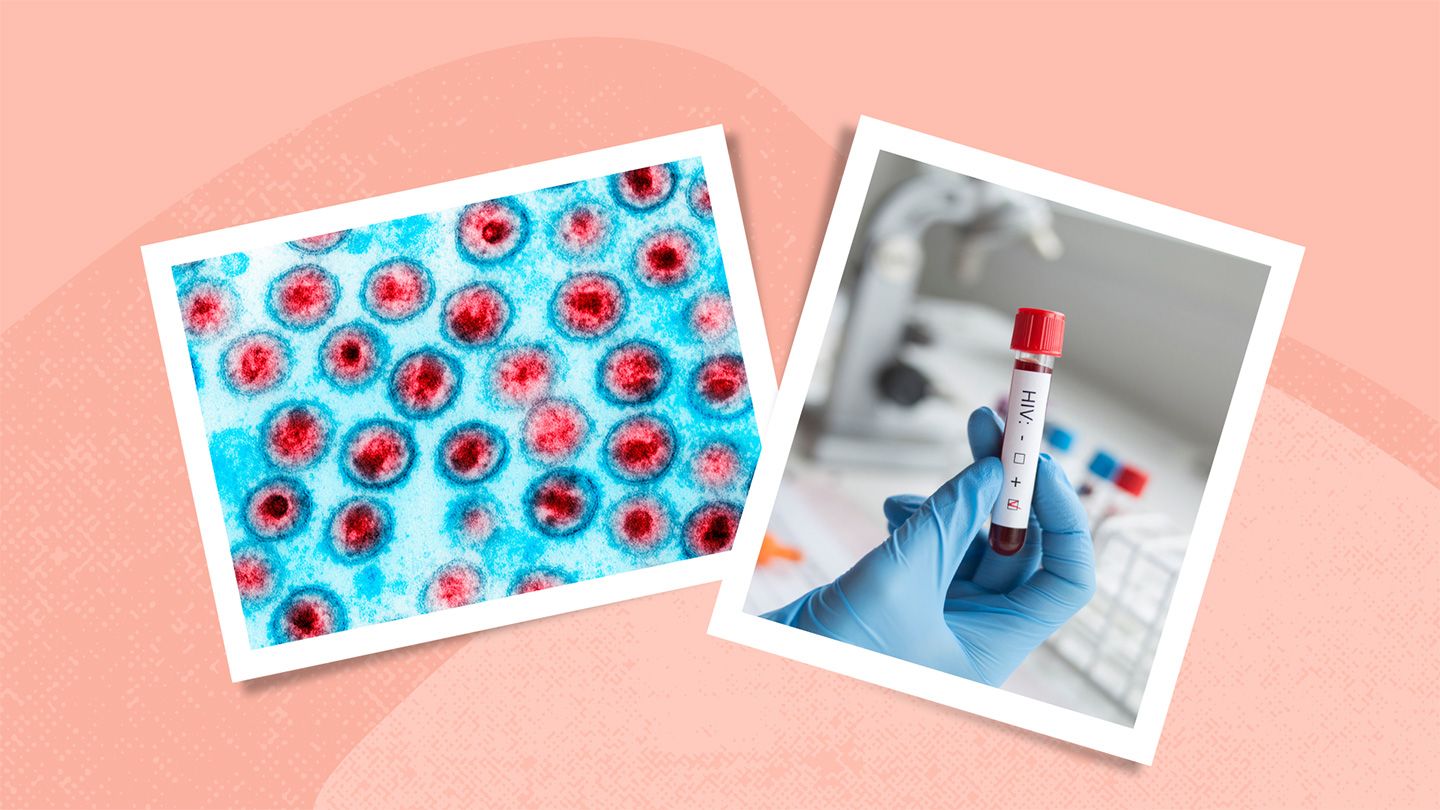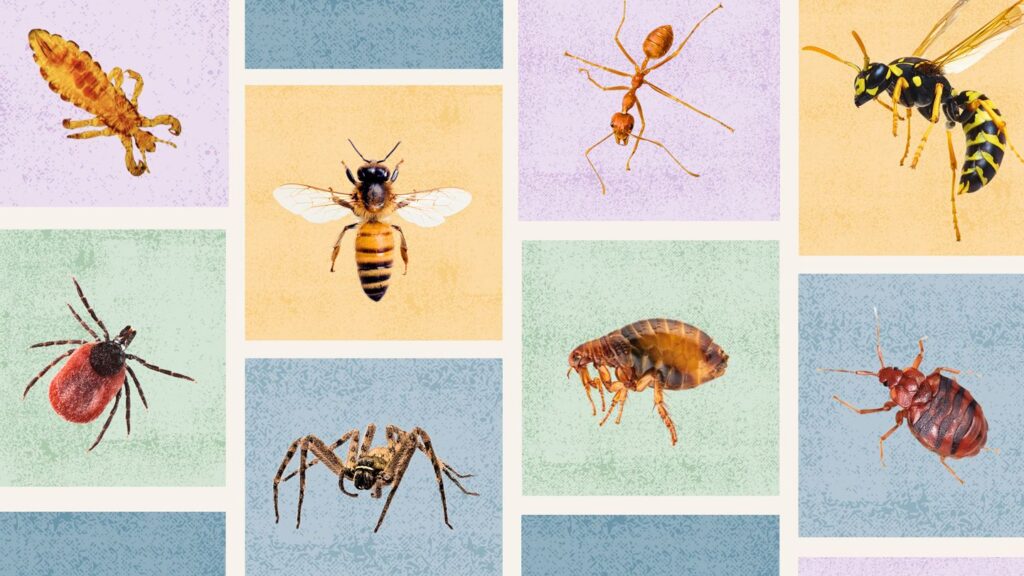HIV (human immunodeficiency virus) and AIDS (acquired immunodeficiency syndrome) are closely related terms with important differences. HIV is a virus that attacks the immune system, while AIDS is the most advanced stage of HIV infection.e60dc2a1-f33c-4a05-9b50-8e3e8e5976299bb11ff6-82fb-414c-b7b5-da9e7133998b Keep reading to find out the key distinctions between HIV and AIDS, including symptoms, progression, treatment options, and overall impact on health.
Are HIV and AIDS the Same Thing? HIV and AIDS are not the same thing. HIV is a virus that attacks the body’s immune system, specifically white blood cells called CD4 T cells, which help the body fight infections. They are also called T4 cells, or “helper T cells.” HIV most commonly spreads during unprotected sex (sex without a condom or in the absence of a medication to prevent or treat HIV) or through sharing injection drug equipment like needles.e60dc2a1-f33c-4a05-9b50-8e3e8e59762993856c22-8fba-4e9f-935a-632bf2313df6 It can also spread from mother to child, either to the fetus through shared blood circulation or through breast milk.e60dc2a1-f33c-4a05-9b50-8e3e8e59762936b524c8-49c8-4317-8219-6d4776d53926 Without treatment, HIV can lead to AIDS. You can’t get AIDS if you don’t have HIV. However, thanks to medications that are now available, most people in the United States with HIV never develop AIDS.e60dc2a1-f33c-4a05-9b50-8e3e8e5976299d02656a-e6d4-4278-83bf-4ace0c19f8ea
How Are the Symptoms of HIV and AIDS Different? Symptoms of HIV can vary depending on the stage of infection. About half of people who are newly HIV-positive don’t have any symptoms. The other half may experience flu-like symptoms for two to four weeks, and then recover. Early symptoms may include: Fever or chills Swollen lymph nodes Sore throat Skin rash Joint and/or muscle aches Headaches Nausea or vomiting Diarrhea Weight loss Fatigue Sores or ulcers in the mouth Night sweats Confusion Meningitis (an infection involving the brain and spinal cord membranes) Once any initial symptoms go away, people with HIV who don’t get treatment may have mild illness or may not have any noticeable signs of HIV for up to 10 years.e60dc2a1-f33c-4a05-9b50-8e3e8e597629f4aa99fd-4aa4-4643-b5bf-d2ee1a6d64dd But even if a person doesn’t have symptoms, proper treatment is essential to prevent HIV from progressing to AIDS. Symptoms of AIDS vary depending on the types of infections and illnesses that a person develops.e60dc2a1-f33c-4a05-9b50-8e3e8e5976290733cb6b-dde1-43b5-b655-037e141b060b Symptoms of AIDS can include: Rapid weight loss Recurring fever or profuse night sweats Extreme, unexplained tiredness Prolonged swelling of the lymph glands in the armpits, groin, or neck Diarrhea that lasts for more than a week Sores of the mouth, anus, or genitals Pneumonia Red, brown, pink, or purplish blotches on or under the skin or inside the mouth, nose, or eyelids Memory loss, depression, and other neurologic disorderse60dc2a1-f33c-4a05-9b50-8e3e8e597629aea9a737-c57b-4a84-937f-3c24cb20f202
When Does HIV Turn Into AIDS? Without treatment , HIV can progress to AIDS. The transition from HIV to AIDS is not immediate and can take several years. Because treatment slows down the effects of the virus, most people in the United States with HIV never develop AIDS.e60dc2a1-f33c-4a05-9b50-8e3e8e5976291896e916-4d13-40ac-a247-8c1f2b59a155 People with HIV should have regular blood tests to check their CD4 cell count. A healthy person will have a CD4 count of 500 to 1,500 cells per cubic millimeter (mm3) of blood. Someone with HIV may develop symptoms when their CD4 count drops below normal levels, and more serious complications when the count goes down to 200. As CD4 counts drop, a person’s immune system weakens, leaving them more vulnerable to certain cancers and so-called opportunistic infections. When the count is below 200, and/or the person with HIV develops a certain type of cancer or opportunistic infection, they are said to have AIDS.e60dc2a1-f33c-4a05-9b50-8e3e8e5976294cc74ea4-c978-4767-bf8f-fc813217c7d7 These AIDS-defining illnesses can include the following:e60dc2a1-f33c-4a05-9b50-8e3e8e5976291fa9e017-bddb-487c-9d32-b4daa6e45d54 Esophageal candidiasis (fungal infection of the esophagus) Chronic mouth ulcers caused by recurrent herpes Chronic or recurrent bacterial infections Neurological problems Kaposi sarcoma, a cancer that causes dark-colored lesions on the skin Non-Hodgkin’s lymphoma or other types of lymphoma Cervical cancer Recurrent pneumonia or other lung infections Cytomegalovirus (a type of virus that can cause problems with the gastrointestinal tract and eyes) Tuberculosis Toxoplasmosis or other parasitic infections Wasting syndrome, also called cachexia, a condition that causes significant weight loss and muscle loss due to a debilitating disease
How Can You Prevent HIV From Becoming AIDS? Once you have HIV, you have it for life — there is no cure. But with proper treatment it will not advance to AIDS. Antiretroviral therapy (ART) reduces the amount of HIV in your blood, called viral suppression. If your HIV level is so low that a standard lab test can’t detect it, you have what’s called an “undetectable viral load.” If you take ART as prescribed and have an undetectable viral load, you will never progress to having AIDS. But if you stop taking HIV medication, your viral load will go up and your CD4 count will drop. If you don’t take ART regularly, the virus can become resistant to one or more of the medicines, making the treatment more complicated, with fewer options and often requiring more pills with more side effects.e60dc2a1-f33c-4a05-9b50-8e3e8e59762945f3555a-b024-4939-8547-d7b52c09d307
How Long Can You Live with HIV vs. AIDS? If you have a high CD4 count and an undetectable viral load within a year of starting HIV treatment, studies show that you have a good prognosis as long as you continue on your medication plan.e60dc2a1-f33c-4a05-9b50-8e3e8e597629e848d864-79f3-439e-840f-ae5b6b9caa62 Studies have shown that HIV-positive people on effective ART can achieve life expectancies comparable to those without HIV. People who don’t get treatment for HIV or AIDS may live for only about three years after the onset of AIDS.e60dc2a1-f33c-4a05-9b50-8e3e8e597629f9b86d68-b9f5-4c6f-9fd4-0f6284f0a09c Lifestyle factors are an important part of living a long and healthy life with HIV. Best practices include: Taking all your prescribed drugs as directed Showing up to all appointments so your viral load and CD4 count can be monitored Following healthy lifestyle recommendations: Eat a healthy diet, get regular physical activity, and get enough sleep. Following your healthcare provider’s advice on how to avoid getting other illnessese60dc2a1-f33c-4a05-9b50-8e3e8e597629fa19e0d3-e861-4001-b644-1ea70b6ae197
The Takeaway HIV and AIDS are different: HIV is a virus that can lead to AIDS, the most advanced stage of infection. Early detection and consistent treatment can prevent HIV from progressing to AIDS and ensure an HIV-positive person lives as long as a person who is HIV-negative. Left untreated, HIV will eventually develop into AIDS, which makes people with the condition more likely to get certain types of cancer and infections. People may live for about three years after the onset of AIDS. Anyone who thinks they may have been exposed to HIV should see a healthcare provider right away to get appropriate care.
Resources We Trust Cleveland Clinic: HIV & AIDSMayo Clinic: HIV/AIDS: Diagnosis and TreatmentHIV.gov: Supporting Someone With HIVCenters for Disease Control and Prevention: Living With HIVPlanned Parenthood: What Are the Symptoms of HIV & AIDS?
HIV vs. AIDS: How Are They Different?



